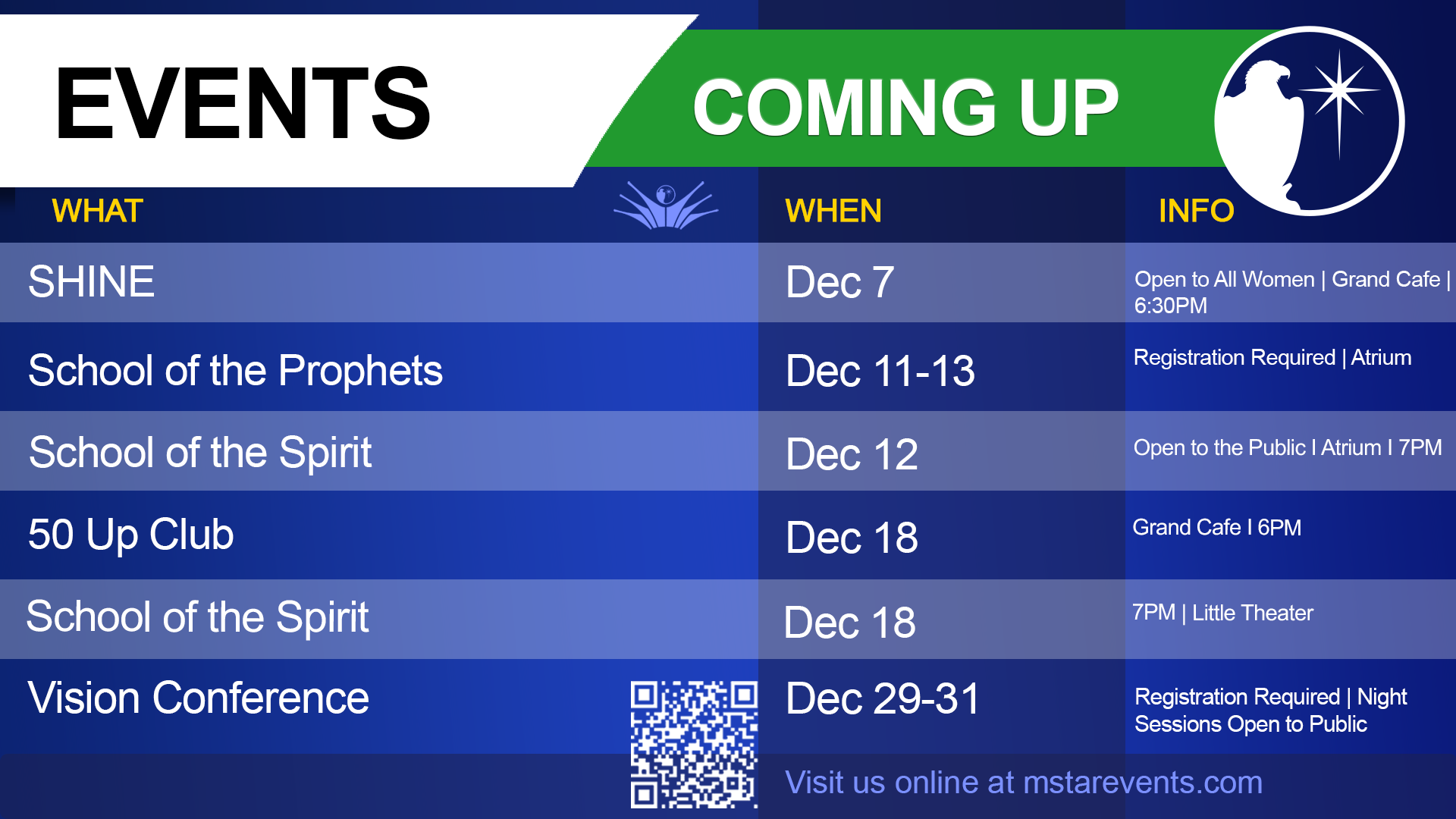This week we continue with Revelation 6:1-2:
Then I saw when the Lamb broke one of the seven seals, and I heard one of the four living beings saying as with a voice of thunder, "Come."
I looked, and behold, a white horse, and he who sat on it had a bow; and a crown was given to him, and he went out conquering and to conquer.
As we have covered, the repeated theme of sevens in Revelation are related. Seven is the number of completion in Scripture because the creation week was seven days. There is a connection between the seven churches, the seven seals, the seven trumpets, etc. Seeing that connection is necessary for understanding much of what is intended in this symbolism.
The opening of the seals speaks of the releasing of certain major forces on the earth during the coming church age. When the first seal is opened by the Lamb, we see a white horse. White is portrayed almost everywhere in Scripture as a symbol of purity. Horses often portray that which is the carrier of a message. The bow here represents that which shoots arrows, and arrows often symbolize truths going forth.
The one on this horse went forth conquering and with the intent of conquering. This is a fitting symbol of the way that the Gospel went forth at the beginning of the church age, represented by the church of Ephesus, which means “purity.”
Now let’s look at the second seal opened in Revelation 6:3-4:
When He broke the second seal, I heard the second living creature saying, "Come."
And another, a red horse, went out; and to him who sat on it, it was granted to take peace from the earth, and that men would slay one another; and a great sword was given to him.
The fifth of the seven churches addressed by the Lord is the church at Sardis. The city of Sardis was named after the red Sardis stone, and here the horse released is red. This red horse represents war, and the biblical city of Sardis was a military base where forces patrolling the region were garrisoned.
The church at Sardis was warned about the coming tribulation they would suffer. This was a time of some of the most intense persecution of Christians under the Roman Empire. Red was certainly an appropriate color for this age, and the horse released by the opening of this second seal seems to fit perfectly. This was a period of terrible bloodshed, and it targeted Christians especially.
Has the Gospel message been tainted red by war? The answer to that is clearly “yes,” and this is a corruption. The bride of Christ is to be clothed in white, reflecting her purity. War is an ultimate defeat for Christianity. Yet, are there not righteous wars and righteous warriors? Yes, but to understand how this we must tackle a basic theological issue that few Christians have grasped. We will do this in these Words for the Week as they become a theme in Revelation.
Special Note:
As we addressed at the beginning of this study, there are different schools of thought on the interpretation of the Book of Revelation. Some are in conflict with the others. For example, one school of interpretation considers this white horse and its rider in the text above to be Christ, and another considers it to be the antichrist. Then there are variations in-between.
Of the different schools of interpretation that I have studied, I usually found some positions that had merit and some that did not. For this reason, I try not to be dogmatic in my presentation, but rather remain open to insight from others. Because we all “see in part” and “know in part,” I am just offering my part that must be put together with others to have the whole picture.
In this study, I have shared mostly from the historical view of the Book of Revelation. This view made the most sense to me, had the fewest contradictions, and was the orthodox position held by virtually the entire Protestant and Evangelical movements until the 1844 Advent Movement. During that movement, a few popular writers made the futuristic view more common, and it was embraced widely in the growing Evangelical movement from that time on. It was then adopted by the Pentecostal and Charismatic movements. As far as I can tell, the teachers in these movements who promoted the futuristic view were almost completely ignorant of the historical view.
Now, I think that some parts to the futuristic view do have merit. Even if you hold strictly to the historical view, there are some things in Revelation that have yet to be fulfilled.
That being said, any teaching will lose me when the revelation and symbols are bent to fit predetermined conclusions. The historical view is one school of interpretation where such a bending was not as apparent. This view takes it literally when John was told that these things would “shortly come to pass.” This view sees them as an unfolding of what is now mostly history, with just a few matters left to be concluded before the end of this age.
Even so, I have not read a study from any of those who had the historical perspective that could explain everything. I think there is a lot of understanding yet to be given on Revelation. Yet to receive what is to come, we must know what has been given. This is a purpose for this study.



